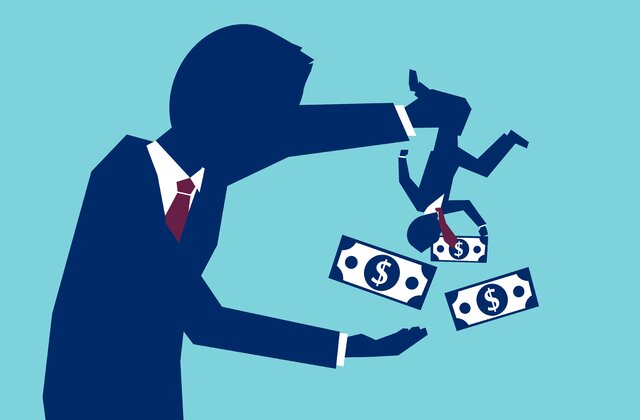HOW TO DECIDE WHICH DEBT TO PAY OFF FIRST
by: Remie Longbrake | published: April 27, 2020
Let’s face it, debt is extremely common and it affects more then just our wallets. Our very likelihoods are impacted, especially when debts start to get out of control. It can be very frustrating and often scary when we find ourselves in a situation where debt is accumulating faster then it can be paid down. The important thing to consider however, is that it can be done.
When you’ve made the decision to get out of debt, it can be difficult to choose a course of action in order to get the best results. Often the biggest question is concerning how to select which debt to pay off first. Two popular ways to pay off debt are described below, those being the snowball and avalanche methods. The difference between the two methods is how you prioritize the debts.
The concept behind both the debt snowball and debt avalanche methods is similar: Choose one debt to focus on at a time. Once you’ve eliminated the first one, take the money you were paying toward it and put it toward the next debt on your list. With each debt you knock out, you’ll have more money to funnel into paying off the next debt, until they’re all gone.
First step, make a list of your debts with current balances along with the interest rates charged by each company.
With this information available, you can determine whether the snowball or avalanche method will suit you better.
Snowball Method: Pay off the smallest balance first.
In the snowball method, you start with the smallest debt first, then the next smallest, and keep tackling them in order of size.
- Begin with paying off the credit card having the smallest balance. Then, move on to the next smallest balance and pay it off and so on.
- Why the one with the smallest balance? Because you can more quickly rid yourself of paying the monthly finance charges associated with carrying a balance on that debt. Plus, you’ll have one less debt to pay in a shorter amount of time if you start with the smallest debt.
- Consider this, if you start with the debt having the highest balance, it will take much longer to pay off and you’ll still be paying monthly fees for all your cards/loans for however long it takes.
- Why not knock out the smaller debts to actually save a bundle quicker each time you pay off a debt? That money can then be applied monthly toward the next debt you plan to pay off.
Avalanche Method: Start with the debt with the highest interest rate.
- In the debt avalanche method, you prioritize your debts in order of interest rate. You start by paying off the debt with the highest interest rate first, then the next highest interest rate, and so on until they’re all paid in full.
- Using your list, determine which debt has the highest interest rate and fees.
- Once you have this information, pay off first that debt with the highest rates.
- After you pay off the first debt, move on to the next creditor on the list that charges the next highest interest rate and pay it off. Continue in this manner until all your charge cards and loan balances are paid off.
Which is the better approach? It depends. Mathematically, the debt avalanche method generally saves you the most money. But psychologically, most people need the momentum provided by scoring early wins in order to stick to it, therefore the snowball method can actually be more effective in the end.
Regardless of which method used, it does feel great to draw a line through a debt on your list as each account is paid off.
If you are not sure which method to start with, let us know and we can help you plan a course!
It is our recommendation to always consult with a licensed and reputable financial expert. This educational article is not specific advice. We strive to present quality, effective content. For specific references to our content please use our contact page.
